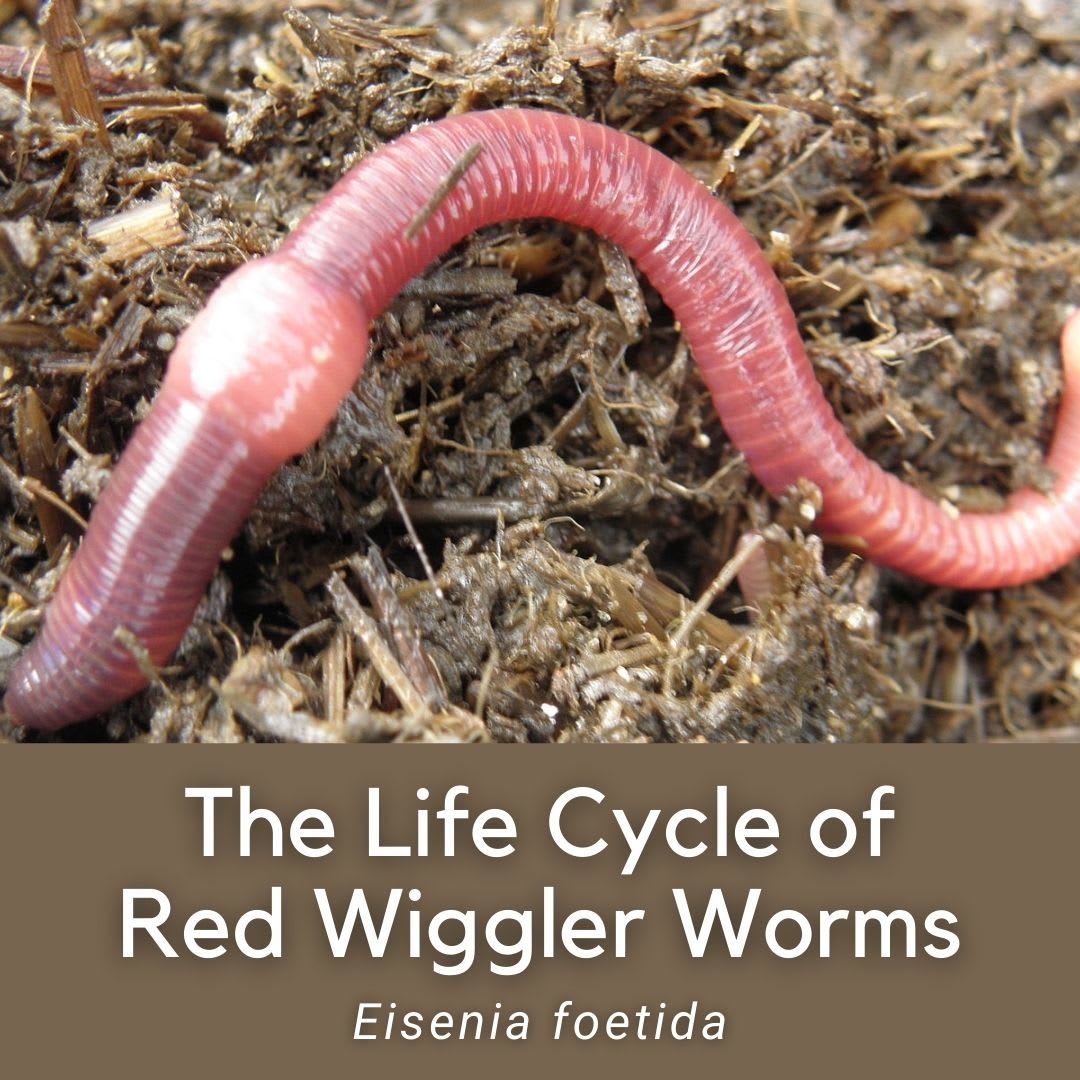Achieve a Vibrant Lawn Using Lake Hickory Bait Lawn Care Resources
Achieve a Vibrant Lawn Using Lake Hickory Bait Lawn Care Resources
Blog Article
Red Wigglers: The Unsung Heroes of Organic Waste Recycling
Red wigglers, or Eisenia fetida, offer as critical representatives in the organic waste recycling process, transforming discarded materials right into beneficial vermicompost. Their reliable failure of raw material not only enhances soil high quality however additionally adds to lasting waste administration methods. As the globe progressively seeks solutions to combat waste accumulation and improve agricultural performance, recognizing the duty of these worms ends up being vital. What systems enable them to grow in compost atmospheres, and exactly how can they be efficiently used in both domestic and commercial setups? Checking out these inquiries reveals the more comprehensive ramifications of vermicomposting in our environmental landscape.
What Are Red Wigglers?
The exceptional resilience of red wigglers, clinically referred to as Eisenia fetida, underscores their critical function in natural waste recycling. These little, reddish-brown earthworms are generally found in decaying organic issue, such as compost heap and manure heaps. Lake Hickory Bait. Unlike various other earthworm varieties, red wigglers flourish in nutrient-rich settings and are highly reliable at breaking down organic products, making them important for vermicomposting

(Red Wiggler Express)In enhancement to their role in waste reduction, red wigglers add to soil health and wellness by enhancing dirt framework and oygenation through their delving tasks (Lake Hickory Bait). Their presence in composting systems not only enhances decomposition prices however additionally advertises a lasting approach to throw away management, showing their value in eco-friendly preservation efforts
Benefits of Composting With Worms
Composting with worms, especially red wigglers, uses many advantages that improve both waste administration and dirt health and wellness. Initially, these worms effectively break down organic waste, converting it into nutrient-rich vermicompost that enriches dirt. This process accelerates decomposition, permitting a faster recycling of kitchen scraps and various other natural materials contrasted to traditional composting methods.
In addition, the vermicompost generated by red wigglers is including helpful microbes, which aid enhance soil framework, oygenation, and wetness retention. This improves the total health of plants, advertising energetic growth and increased yields in yards and farming setups. The use of worms in composting minimizes the production of greenhouse gases, such as methane, adding to an extra sustainable waste administration system.

Exactly How to Begin Vermicomposting
Establishing a vermicomposting system is a simple process that can generate significant advantages for both waste management and soil enrichment. To start, pick a suitable container, such as a plastic container or wood check this site out box, with appropriate ventilation holes to guarantee appropriate air flow. The measurements should preferably be around 2 feet by 3 feet, enabling ample room for the worms to thrive.
Next, prepare bed linens product, which can include shredded newspaper, cardboard, or coconut coir. This bed linen needs to be moistened to create a suitable habitat for the worms. When the bed linen remains in location, introduce red wigglers (Eisenia fetida) right into the bin, typically around one extra pound of worms for every single square foot of surface.
Complying with the placement of worms, add organic waste, such as fruit and veggie scraps, coffee premises, and crushed eggshells. With these steps, you will successfully launch a vermicomposting system that adds to sustainable waste monitoring and improves your soil.
Preserving a Healthy And Balanced Worm Container
(Red Wiggler Express)Maintaining a worm container prospering calls for routine interest and care to make sure the health and wellness of the red wigglers and the performance of the composting process. Proper maintenance starts with checking the wetness levels; the bin should perspire yet not waterlogged. A great general rule is to maintain an uniformity comparable to a wrung-out sponge.
Carefully mixing the bed linen and food scraps every few weeks avoids compaction and makes sure that all worms have accessibility to oxygen. Additionally, it is crucial to feed the worms appropriately.
Temperature regulation is one more crucial element. Red wigglers thrive in a variety of 55 to 77 levels Fahrenheit. If the container ends up being as well warm or cool, the worms might end up being stressed out - Lake Hickory Bait. Regularly inspect for indicators of health and wellness, such as worm populace growth and the presence of healthy and balanced castings. By vigilantly handling these variables, one can preserve a durable and productive worm container.
Effect On Lasting Living
The successful upkeep of a worm container not just benefits the wellness of red wigglers yet also adds significantly to sustainable living methods. By reusing natural waste, such as kitchen scraps and backyard debris, red wigglers help draw away significant quantities of product from garbage dumps. This decrease in waste not just decreases greenhouse gas discharges yet likewise lessens the environmental problem related to waste management.
Additionally, the spreadings created by red wigglers work as a nutrient-rich organic fertilizer, enhancing dirt health and wellness and promoting plant development. This natural alternative to chemical fertilizers sustains lasting agriculture and horticulture methods, decreasing reliance on synthetic inputs that can damage environments. Additionally, worm composting fosters awareness of waste monitoring, motivating people and communities to take on more sustainable habits.

Final Thought
In recap, red wigglers offer as crucial contributors to organic waste reusing through their efficient disintegration of natural materials. By integrating vermicomposting right into waste administration approaches, individuals and areas can dramatically lower waste while promoting environmental sustainability.
Report this page